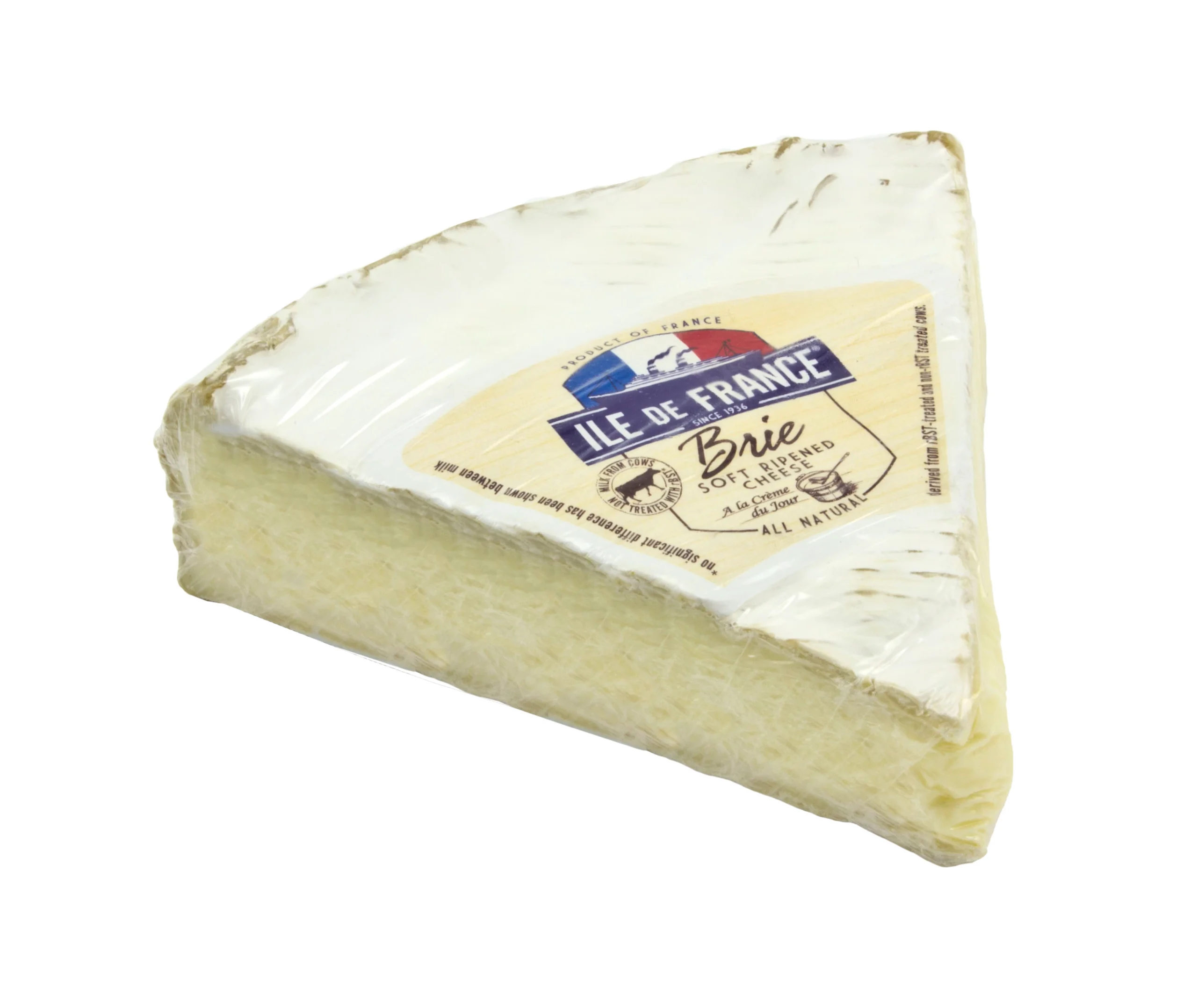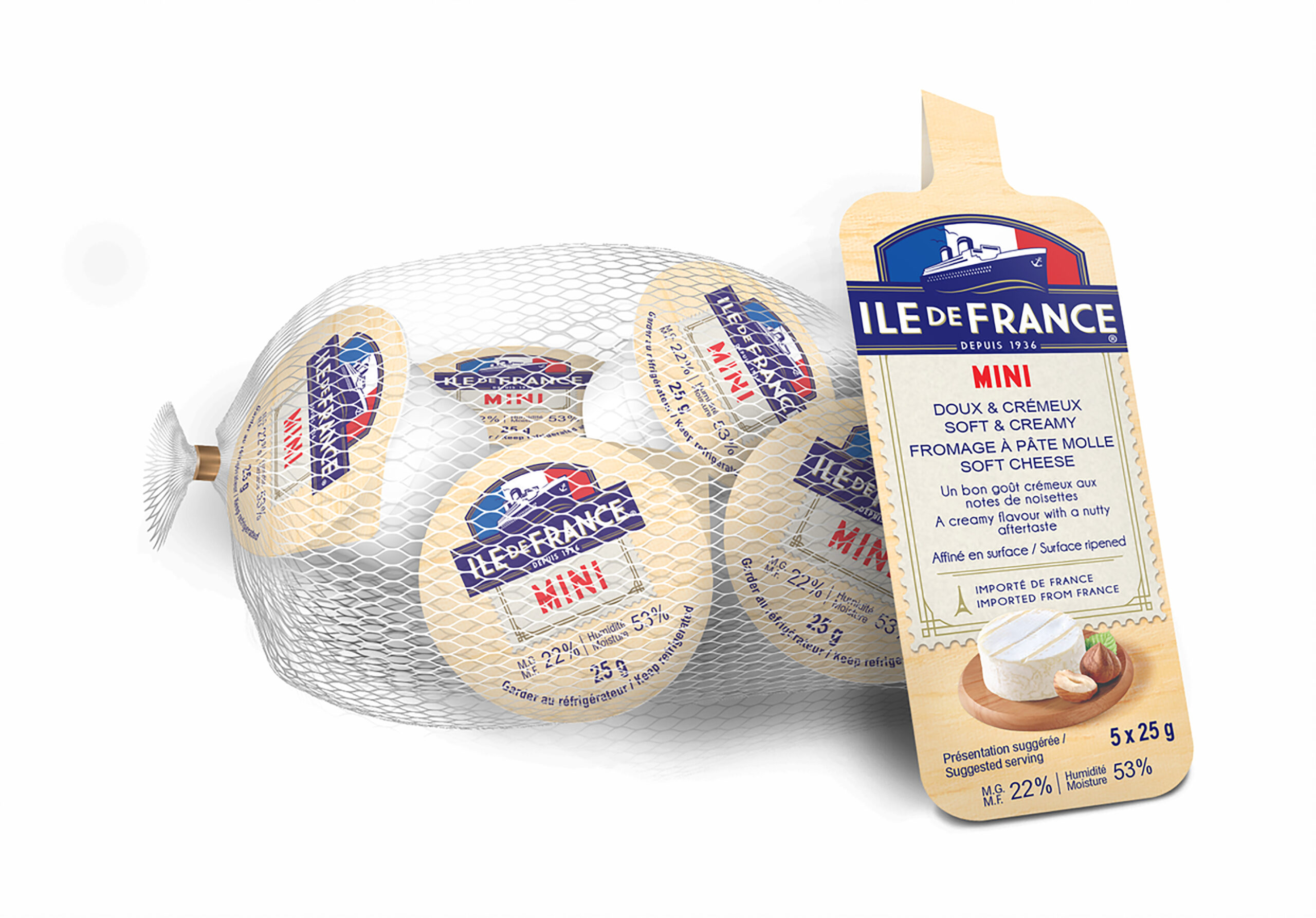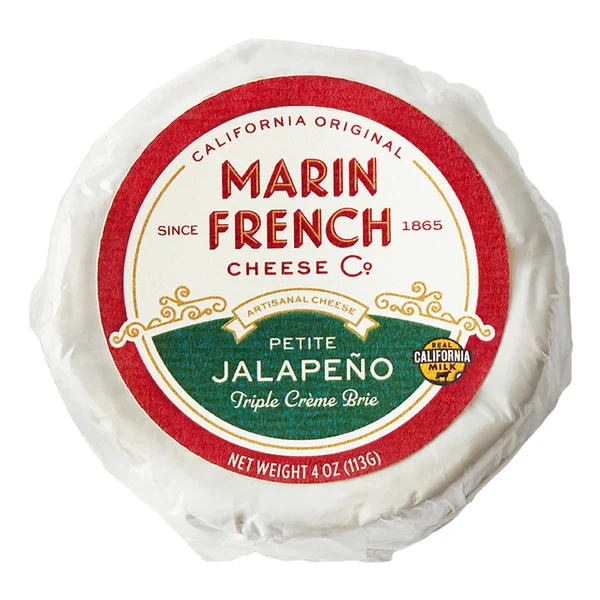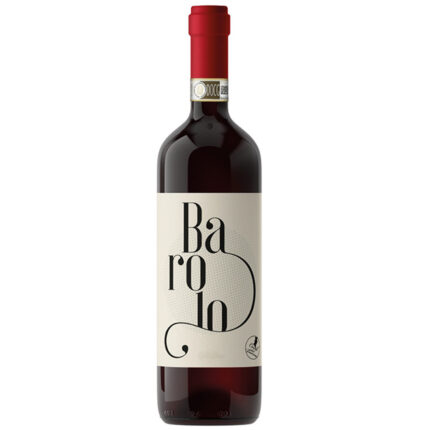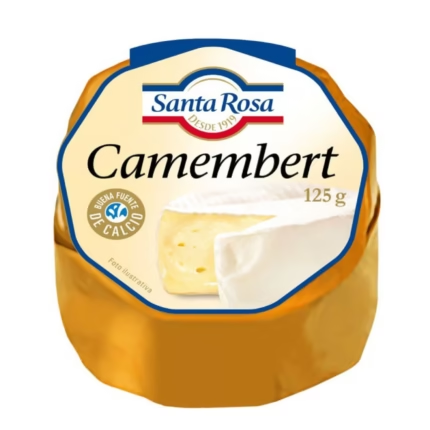Description
Brie cheese, one of the most beloved varieties of French cheese, originates from the Île-de-France region, specifically the historic province of Brie. Renowned for its soft, creamy texture and rich, buttery flavor, Brie is often referred to as the “Queen of Cheeses.” The cheese is made from cow’s milk and features a white, bloomy rind that develops from a specific mold called Penicillium candidum. This delicate rind encases a luscious interior that can range from nearly liquid to firm, depending on the aging process. The taste profile of Brie is complex, with subtle notes of mushrooms and nutty undertones, making it a versatile choice for various culinary applications.
Traditionally, Brie is enjoyed at room temperature, allowing its creamy richness to shine. It pairs beautifully with a wide array of accompaniments; fresh fruits like pears and apples enhance its flavors, while crusty bread or crackers provide the perfect vehicle for spreading. Wine enthusiasts often recommend pairing Brie with fruity whites or light reds, as these selections complement the cheese’s inherent creaminess without overpowering its delicate flavors. Whether served as part of a cheeseboard, melted into a decadent dish, or enjoyed on its own, Brie embodies the essence of French cheese-making art.
The cultural significance of Brie extends beyond its taste; it represents a fundamental aspect of French gastronomy. Throughout the centuries, this cheese has been celebrated in art, literature, and cuisine. Its production often involves traditional methods passed down through generations, showcasing the craftsmanship of local cheesemakers. Many artisanal producers are dedicated to maintaining the authenticity of Brie, adhering to time-honored practices that highlight the quality of their ingredients. As both a symbol of French heritage and a flavorful delight, Brie cheese continues to captivate palates around the world.







